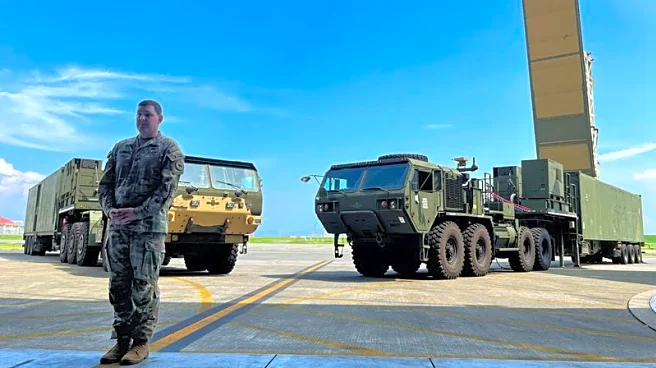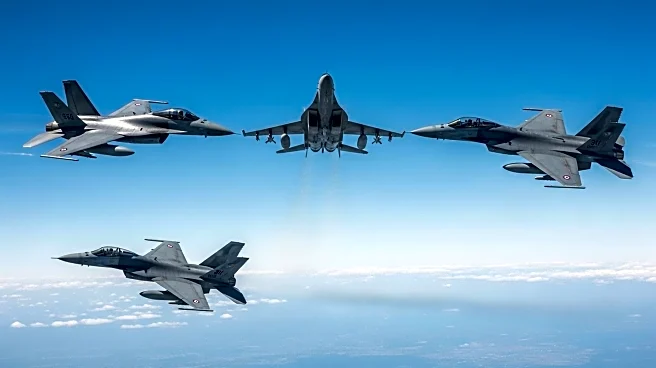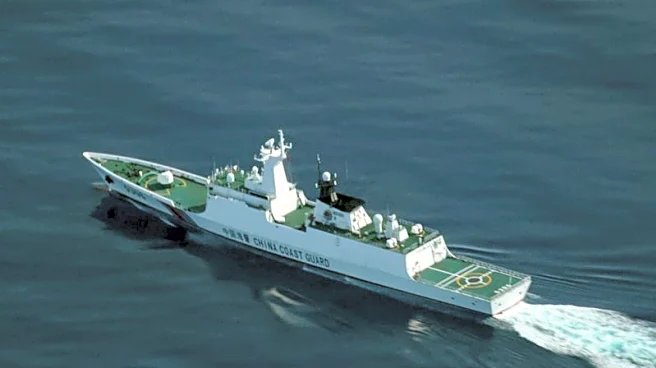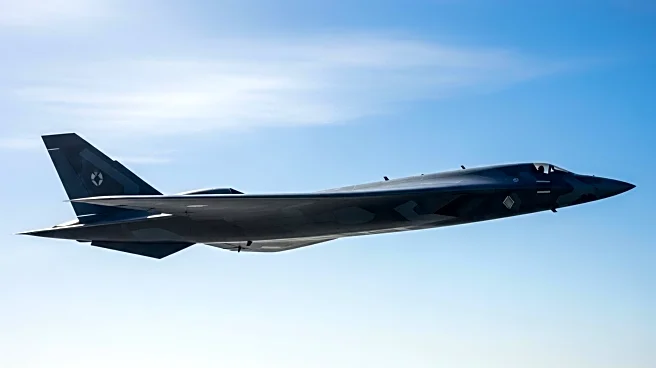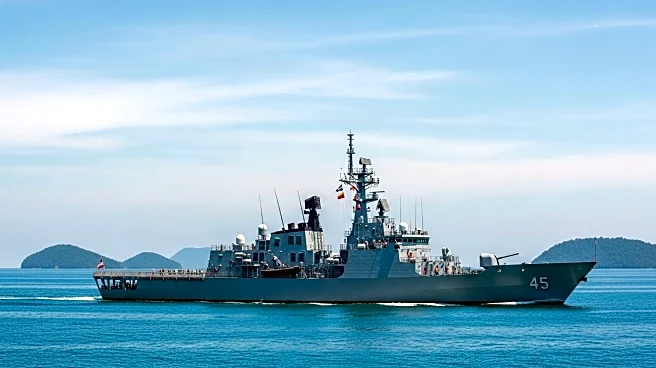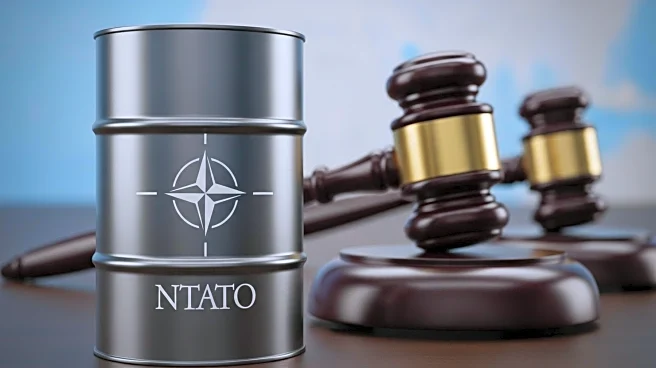What's Happening?
The U.S. Army has introduced its mid-range missile system, Typhon, at a base in Japan as part of the annual bilateral exercise Resolute Dragon. This exercise, involving over 19,000 U.S. and Japanese troops, focuses on maritime defense and littoral protection. The Typhon system, capable of launching Standard Missile-6 and Tomahawk cruise missiles, was delivered to the U.S. Marine Corps Base in Iwakuni, Japan. This deployment follows its previous stationing in the Philippines, which drew criticism from China and Russia. The exercise, which runs until September 25, will not include live firing of the Typhon system.
Why It's Important?
The deployment of the Typhon missile system in Japan signifies a strategic move by the U.S. and Japan to counteract China's increasing assertiveness in the region. This development is part of Japan's accelerated military buildup, aimed at enhancing its strike-back capabilities against threats from China, North Korea, and Russia. The presence of advanced U.S. military technology in Japan serves as a deterrent and a demonstration of the U.S.-Japan alliance's commitment to regional security. It also highlights the ongoing geopolitical tensions in the Asia-Pacific region, particularly concerning territorial disputes and military posturing.
What's Next?
The Resolute Dragon exercise will continue until September 25, providing an opportunity for U.S. and Japanese forces to enhance their interoperability and readiness. The deployment of the Typhon system may lead to further diplomatic responses from China and Russia, who have previously criticized such military activities. Additionally, Japan's continued military buildup could prompt further regional arms developments and strategic adjustments by neighboring countries.
Beyond the Headlines
The introduction of the Typhon missile system in Japan underscores the evolving nature of military alliances and defense strategies in the Asia-Pacific region. It reflects a shift towards more integrated and technologically advanced defense systems capable of addressing modern threats. This development may influence future military collaborations and defense policies among U.S. allies, as well as impact regional security dynamics.

